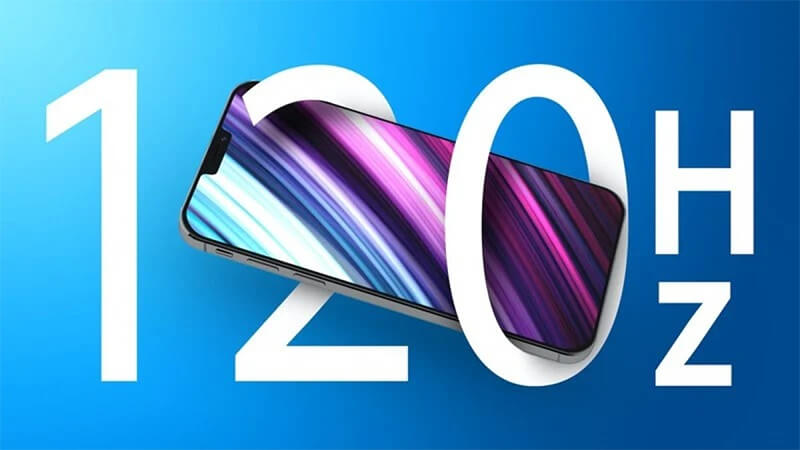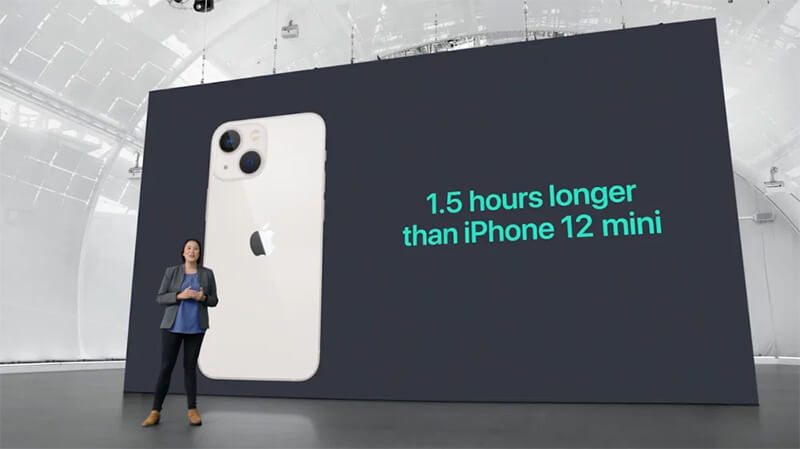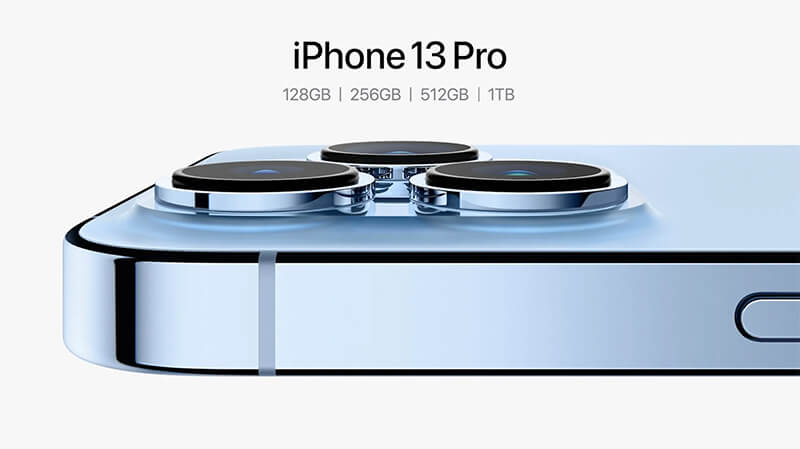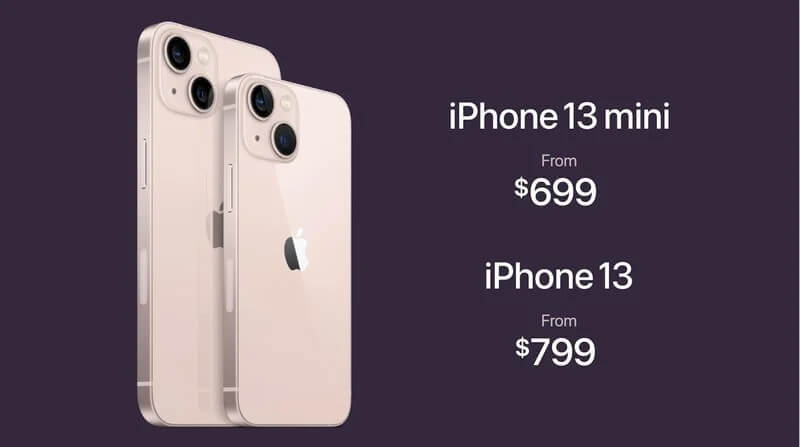
At the just-concluded Apple Autumn New Product Conference, the iPhone 13 series, iPad mini, iPad, Apple Watch Series7 and other products were unveiled one after another. The iPhone 13 series is still the focus of attention of many people. Next, let’s take a look at the highlights of the iPhone 13 series.
Highlight 1: The strongest A15 chip in history
This year, all iPhone 13 series are equipped with A15 bionic chip as standard. In terms of performance, it has been greatly improved compared to the A14, which is also a 5nm process, and it can be called the strongest mobile phone chip in Apple’s history.
Specifically, the iPhone 13 series uses a six-core A15 mobile chipset with a 5nm process technology and 15 billion transistors. The chip consists of 2 high-performance + 4 energy-saving CPUs and has a computing power of 15.8TOPS. The chipset can provide twice the system cache, the computing performance of the chip is increased by 50% compared to the A14, and the image rendering capability is increased by 30%.
The GFXBench running score of the A15 sample exposed not long ago shows that the peak frame rate of the A15 chip Manhattan 3.1 scene is about 40% higher than that of the A14.
Highlight 2: 120Hz adaptive screen refresh rate
One of the biggest highlights of the iPhone 13 Pro and iPhone 13 Pro Max released this time is that the screen supports a adaptive screen refresh rate of up to 120Hz (ProMotion). The screen can adjust the screen refresh rate according to the displayed content to save power. But not all series of mobile phones are equipped with high brushes as standard. The iPhone 13 mini and iPhone 13 maintain a 60Hz refresh rate, the screen resolution has reached the Super Retina XDR level, and the highest peak brightness of HDR can reach 1200 nits.
Highlight 3: Cinematic mode with smart focus
Many manufacturers understand the mobile phone Cinematic mode as built-in lut and output Log mode, but Apple’s entry point is how to create a real sense of film shooting atmosphere and spatial hierarchy. The Cinematic mode launched by the iPhone 13 series this time supports Dolby Vision HDR shooting and has an advanced smart focus system. When video is recorded, the focus will bite into the subject, forming a very natural depth of field effect and enabling smart focus switching. With the powerful computing power of the A15 Bionic, users can also adjust the focus and focus in the later stage of the film.
Highlight 4: Stronger battery life and larger storage
Battery life: At the beginning, Apple introduced the redesign of the internal structure of the iPhone in order to achieve better shooting effects and longer battery life. Not only has the battery capacity increased, but also a longer battery life is achieved through the collaboration of software and hardware such as the A15 bionic chip.
Compared with the previous generation, the battery life of the iPhone 13 mini and iPhone 13 Pro is increased by 1.5 hours; the battery life of the iPhone 13 and iPhone 13 Pro Max is increased by 2.5 hours respectively compared with the previous generation.
Storage: The iPhone 13 series started with 128GB, and there is no longer a 64GB storage option; and the iPhone 13 Pro/Pro Max also increased the maximum storage space to 1TB.
Highlight 5: iPhone 13/13 mini keeps the price
The 4 new iPhone models start at 128G as standard, the iPhone 13 mini starts at $699, and the iPhone 13 starts at $799. Compared with the iPhone 12 series, there is no price increase.
The iPhone 13 series has stronger performance than the iPhone 12 series. It has an A15 chip, a 120Hz adaptive refresh rate, and a Cinematic mode with smart focus. In addition, battery life and storage have also been improved. The most important thing is that the price has not changed much. Do you like this iPhone 13?
If you’re interested in iPhone 13 Series, welcome to contact us (sales@router-switch.com) or order now: iPhone 13 mini, iPhone 13, iPhone 13 Pro and iPhone 13 Pro Max.
Learn More:
Which Is Better, Huawei Mate X2 Or Samsung Fold2? Which Is More Worth Buying?
Huawei Mate X2 Is Released: A New Generation Of Flagship Foldable phone
Samsung Z Flip 5G Review: Good Looks, Adding 5G To Make Up For Shortcomings
Samsung Galaxy S21 5G Series: Different Positioning, But All Top Performance
OPPO Reno3 Pro Evaluation: None Of The Lightest 5G Mobile Phones In 2019
OPPO Find X3 Series Dual Flagships, Giving You a Silky Smooth Experience
iPhone12 Is Finally Available: The Whole Series Supports 5G And Uses 5nm Chip For The First Time
The Best Smartphones In The First Half Of 2021: Xiaomi, Samsung, Apple Are On The List
HUAWEI Router H6: Equipped With HarmonyOS Pave The Way For The Whole-Home Smart
OPPO 5G CPE T1a WiFi Router: 5G Is Enough For The Whole-Home
HUAWEI P50 Series is Basically Confirmed, the World’s First Sony IMX800
Xiaomi MIX 4 Released: Not Only Camera Under Panel
Honor Magic3: The First Flagship After Independence, High-end Breakthrough!
The Industry’s Top Screen, 120W Fast Charging, iQOO 8 Pro Interprets Powerful Performance
Samsung Galaxy Z Fold3 5G Large Screen Experience More Than Just Office










